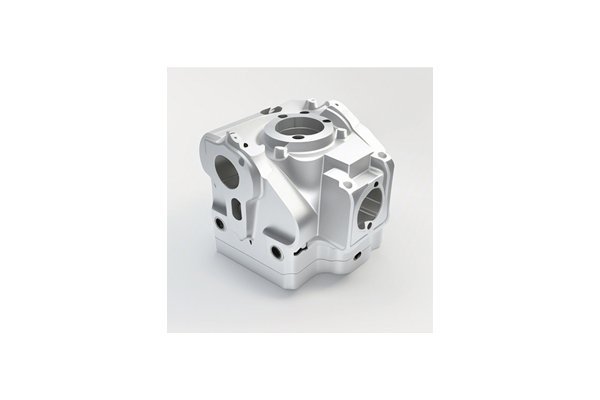Opening
Did you know that precision engineering is at the heart of nearly every industry—from aerospace to automotive, and even medical devices? In fact, approximately 75% of manufacturing organizations agree that precision is key to ensuring product quality and maintaining competitive advantage. One of the critical aspects of achieving this precision is the accurate machining of keyway components—a fundamental element in the assembly of gears, pulleys, and other rotating parts. Keyways ensure that components fit seamlessly together, allowing for precise torque transfer without slippage. However, achieving the desired accuracy in size and position during CNC machining can be challenging. This blog delves into the intricacies of ensuring precision in CNC machining specifically for keyway components.
Understanding Keyways and Their Importance
Before we dive into ensuring accuracy, let’s briefly discuss what a keyway is. A keyway is a slot cut into a mechanical component that allows for the insertion of a key, which prevents relative rotation between two parts. Keyways are essential in applications where mechanical coupling is required, ensuring that the driving and driven parts within a system work in tandem without failure.
Types of Keyways
There are various types of keyways used in different applications:
Understanding the type of keyway required for your component is essential as it dictates the machining processes and tools you will use.
The Challenges of Machining Keyways
When it comes to CNC machining keyways, several factors can affect accuracy.
Using the wrong tool can lead to improper cuts that do not meet specifications. For instance, if you’re machining a tapered keyway, a straight-end mill might not provide the required tolerances.
A poorly calibrated CNC machine will introduce inaccuracies in the dimensions and positions of the keyways. Regular maintenance and checks are crucial to ensure your CNC machine is in optimal working condition.
Different materials respond differently to machining processes. For example, machining aluminum will yield different challenges than machining harder materials like stainless steel. The cutting speed, feed rate, and cooling requirements will vary based on the material being machined.
CNC programming needs to be meticulous, as even minor errors can result in significant deviations from desired outputs. Ensuring accurate G-code generation is vital for achieving precision with keyway machining.
Detailed Solutions for Achieving Accuracy in Keyway Machining
Having outlined the challenges, let’s explore actionable solutions to ensure the accuracy of size and position in CNC machining for keyway components.
Choosing the correct cutting tools is fundamental for successful CNC machining. Here’s how to go about it:

Regular maintenance and calibration of CNC machines are crucial.
Different materials may require tailored machining strategies:
Programming is crucial for the accuracy of CNC machining.
Regular testing and inspection of keyway components can identify issues before they escalate.
Lastly, investing in operator training cannot be overstated.
In conclusion, achieving precision in the machining of keyway components is a multifaceted endeavor that requires careful consideration of tool selection, machine calibration, material behavior, programming accuracy, and consistent quality control measures. Each of these elements plays a crucial role in ensuring that keyways are machined to the exact specifications required for optimal performance.
As technology continues to advance in CNC machining, embracing these methods not only enhances productivity but also positions businesses as leaders in quality assurance. Accurate keyway machining ensures reliable mechanical assemblies, ultimately influencing everything from product durability to market reputation.
By focusing on precision and adopting a mindset of continuous improvement, manufacturers can confidently address the challenges of CNC machining keyway components, ensuring that their products meet the highest standards of quality and reliability. As you think about these strategies, remember: precision is not just an operational need; it is a competitive necessity.






